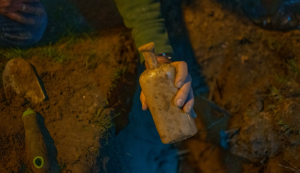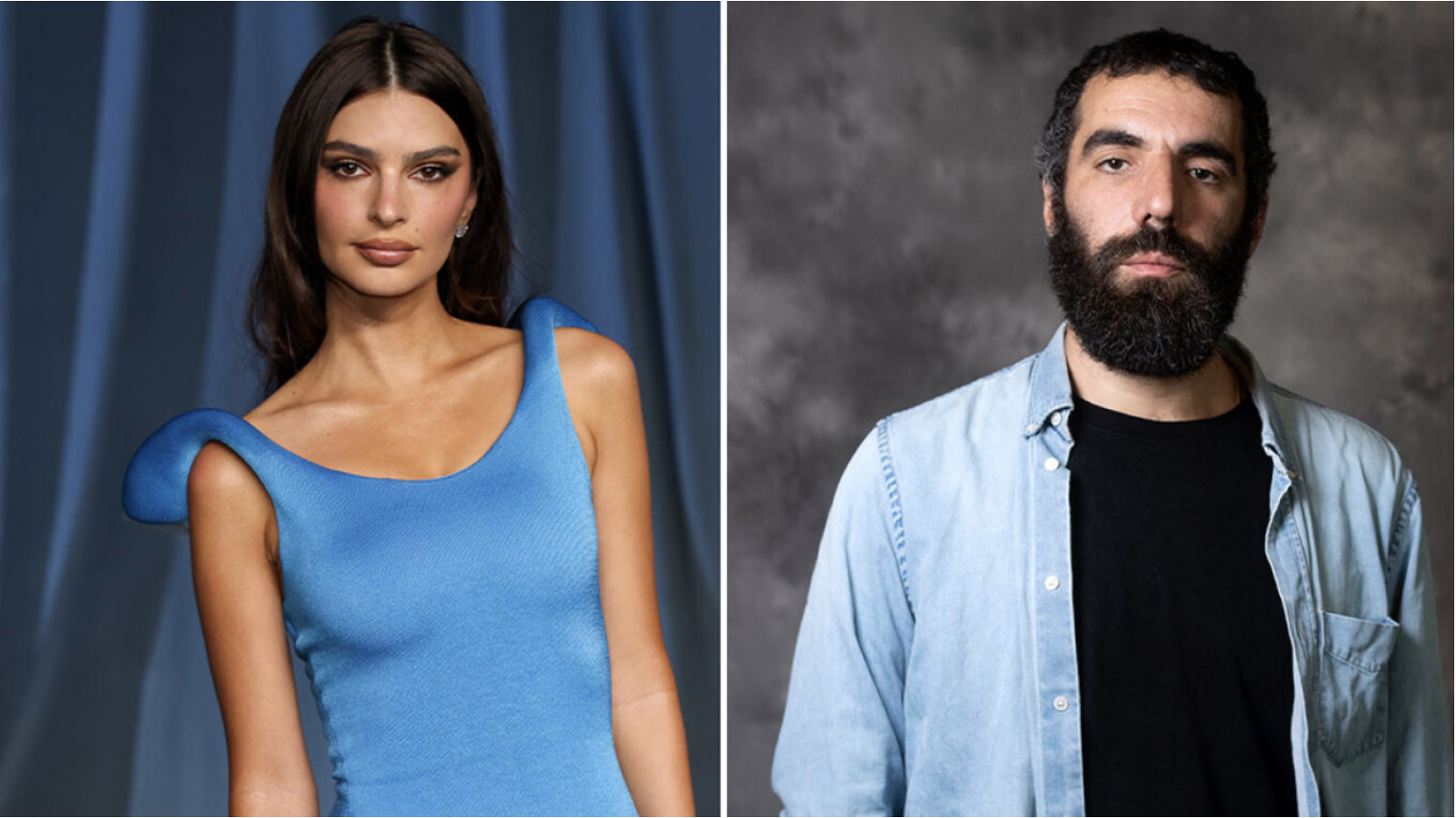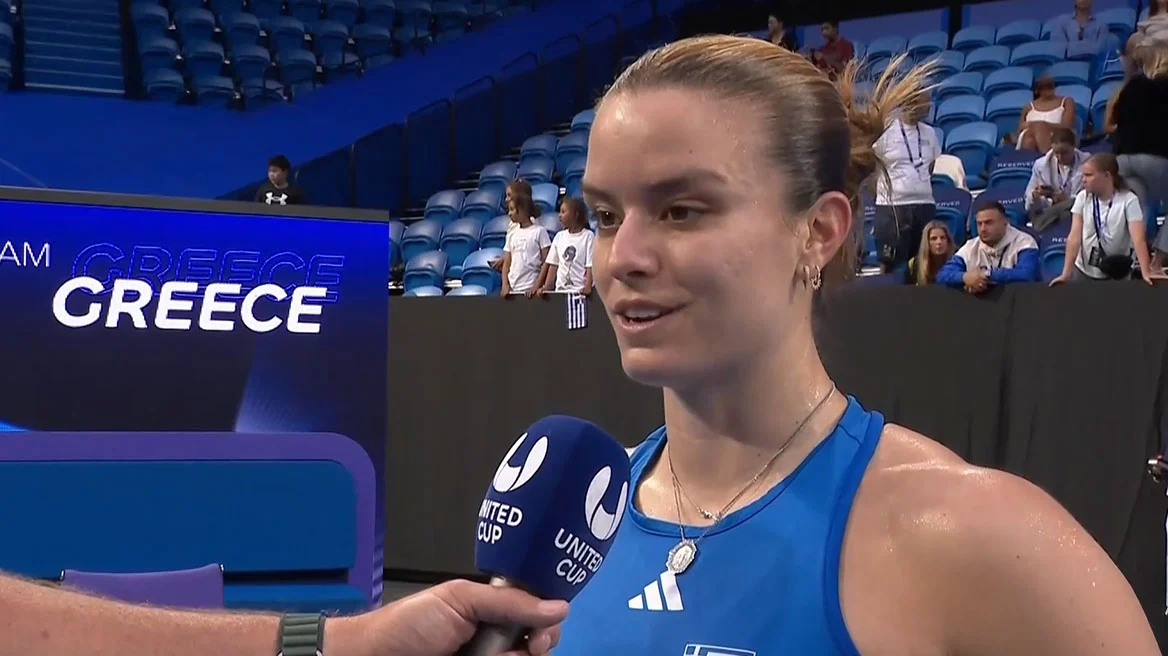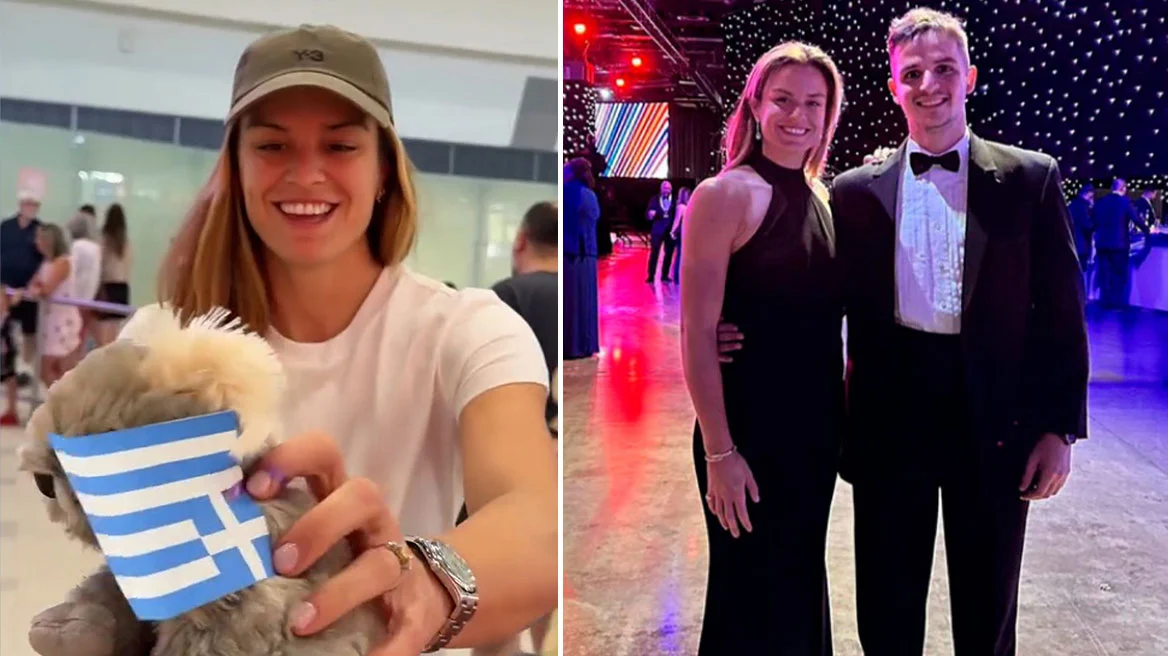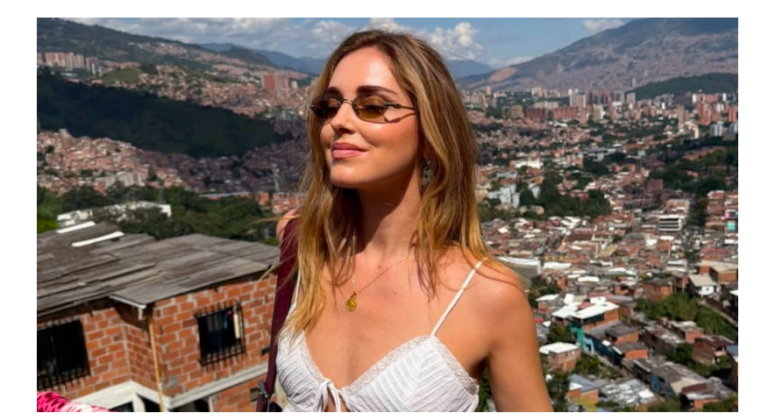In 1879, botanist William J. Beal filled 20 bottles with soil and seeds and buried them on what is now Michigan State University’s campus grounds. In April 2021, the 16th bottle was unearthed, and its seeds were planted. Now, MSU scientists have discovered not all the seeds were quite what they seemed to be.
Despite being one of the oldest scientific experiments in the world, the Beal Seed Experiment continues to surprise researchers. More than two years after the latest dig, plant biologists used molecular genetic testing to find that one of the seeds was unknowingly a viable hybrid between two species — a discovery that would’ve shocked Beal, who buried the bottles decades before the world knew that DNA existed.
Voyager 1 stops communicating with Earth
Beal intended his experiment to examine seed longevity, how long seeds can remain dormant within soil and still sprout when exposed to favorable conditions. While Beal’s original purpose still holds up, the experiment has become more relevant to ecology and evolutionary biology, particularly in conserving rare species as well as ecosystem restoration by preserving native species and ridding invasive species.
Continue here: USA Today
Ask me anything
Explore related questions
